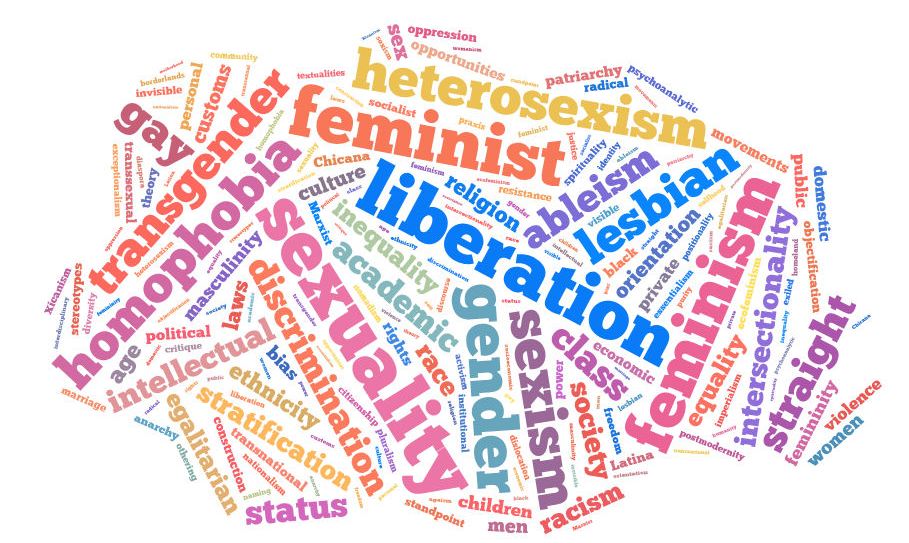While we are 96.2% sure you will hardly be able to even get out of bed while Professor Heidi R. Lewis is on sabbatical this spring—haha—we hope you’re as excited as we are about the super baaaaad Black women professors teaching hers and other courses this year!

During Block 3, we welcome Peggy Piesche, a literary and Cultural Studies scholar whose work is centered in Black European Studies. Born and raised in the German Democratic Republic (GDR) or East Germany, Piesche studied in East and West Germany and Russia. She has taught at the University at Utrecht in the Netherlands and held visiting positions for at Vassar College and Hamilton College.
During Block 3, Professor Piesche will be teaching FG309/RM309 Unpacking the Invisible Knapsack: Critical Whiteness Studies, which teaches students how to conduct transdisciplinary studies of whiteness as a political racialized category with theoretical and material implications for identity and subjectivity formation, and micro and macro-level interactions between and among people and institutions. Students also examine the relationship between whiteness and gender, sexuality, class, nation, and other social, cultural, and political markers, especially considering the historical and contemporary origins and manifestations of, as well as resistance to, white supremacy and privilege.

During Block 4, we welcome Kadari Taylor-Watson, a fashionista, Black image enthusiast, and Ph.D. student in American Studies at Purdue University, the program from which Professor Lewis also earned her Ph.D. in 2011.
During Block 4, Professor Taylor-Watson will be teaching FG312/RM312 Black Feminist Theory, which examines some Black feminist and womanist theories developed within and outside the academy, with a particular focus on the ways race, gender, class, and other social, cultural, and political markers are interconnected and the ways Black communities are particularly oppressed systemically and systematically, Black women’s relationships with Black men, motherhood, Black queer communities, work inside and outside of the home, religion and spirituality, and other concerns.

During Block 7, we welcome Dr. Takiyah Nur Amin, a dance scholar, educator and consultant. Her research focuses on 20th century American concert dance, African diaspora dance performance/aesthetics and pedagogical issues in dance studies. Dr. Amin’s visit is particularly special, because she served as a Riley Scholar-in-Residence in the Theatre & Dance Department during the 2010-2011 academic year when Professor Lewis was also serving as a Riley Scholar in Feminist & Gender Studies. Further, during the entire Spring 2020 semester, Dr. Amin will be working alongside Dean Edmonds as the Diversity and Inclusion Fellow-in-Residence.
During Block 7, Dr. Amin will be teaching FG206 Black Women in Contemporary Performance, which considers the ways Black women have operationalized performance as a site for cultural criticism and social commentary. Centering the work of artists including Josephine Baker, Katherine Dunham and others, students will investigate how the use of dance, music, song, costume and other performance elements are leveraged to both stabilize and interrupt audience assumptions about the possibilities of performance beyond entertainment or the stimulation of pleasure. The course will consider how notions of race, gender and sexuality are repeated as consistent performative acts and how these categories are crafted and expressed through the artistic choices of select Black women performers working across theatrical genres from the 1920s to the present.









